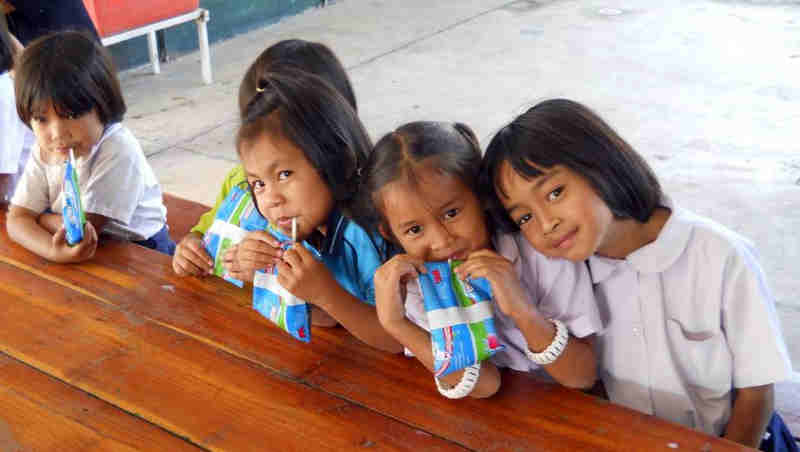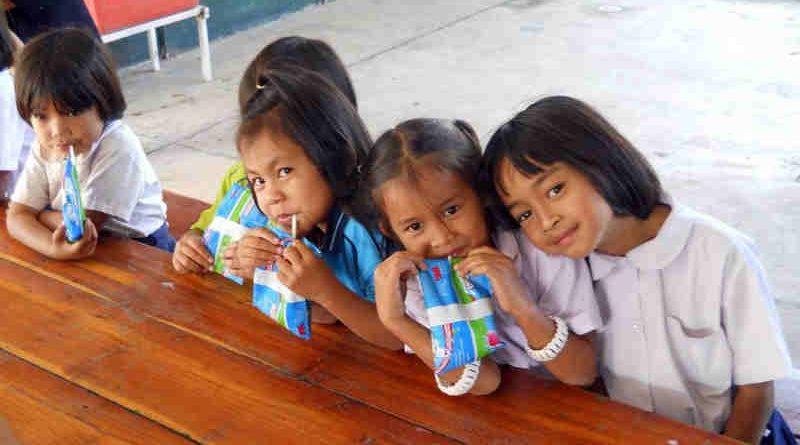Asia-Pacific: One in Three Children Suffers from Stunting

Progress toward defeating hunger in the world’s most populous region has slowed and countries of Asia-Pacific must redouble their efforts if the Sustainable Development Goal (SDG) of zero hunger is to be met by 2030, the UN’s Food and Agriculture Organization (FAO) warned Tuesday.
The Asia-Pacific region is home to more than 60 percent of the roughly 800 million hungry people in the world. Since 1990, the region as a whole managed to reduce hunger by half – a key objective of the former Millennium Development Goals (MDGs).
But most of those gains were made in the earlier part of that quarter-century. Presently, 12 percent of the region’s population remains undernourished – some 490 million people – most of them in Southern Asia.
In the first post-MDG report of its kind, FAO’s 2016 Asia and the Pacific Regional Overview of Food Insecurity – Investing in a Zero Hunger Generation, warns that progress in reducing hunger and improving nutrition has slowed in more recent years and many countries must pick up the pace in order to meet the SDG global goal of zero hunger by 2030. The report reveals that, region-wide, nearly one in three children suffers from stunting.
“The analysis in this report is an eye-opener and a wake-up call to all of us here in Asia and the Pacific,” said Kundhavi Kadiresan, FAO Assistant Director-General and Regional Representative, during the launch of the report in Bangkok, Thailand.
The FAO report acknowledges that eradicating hunger also means reducing poverty and that there are several challenges facing the Asia-Pacific region, economically, socially and environmentally, particularly as populations continue to grow.
This is further highlighted by the forecast that the world’s population will expand by a further two billion inhabitants to more than nine billion people by 2050.
The FAO report indicates that zero hunger can be achieved, provided that a number of steps are followed, particularly by increasing investment in more efficient production methods and agricultural research.
💛 Support Independent Journalism
If you find RMN News useful, please consider supporting us.




